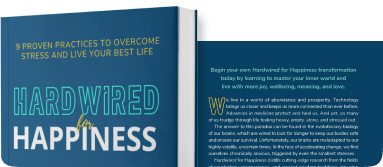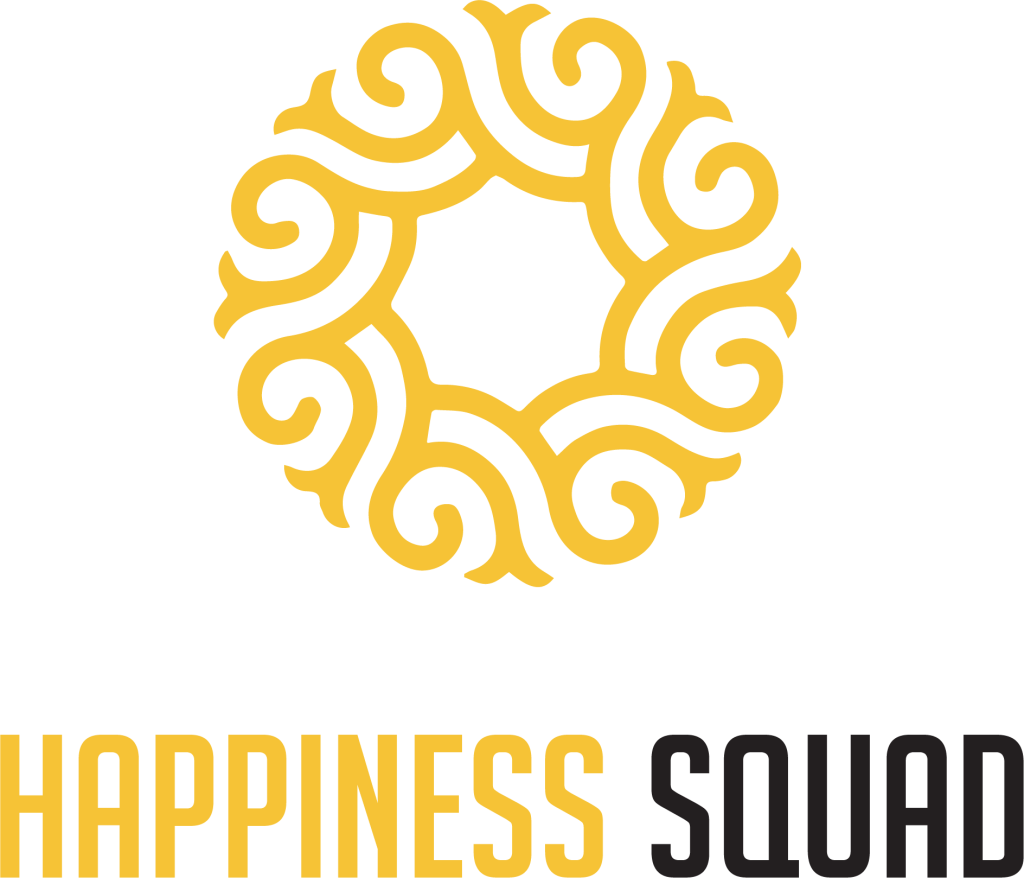Raising the Bar on Organizational Happiness with Ashish Kothari and Lars Kure Juul

In many organizations, there’s a prevailing belief that getting things done fast is the key to productivity. But is this relentless rush really the secret to effective performance? It turns out, what really makes a real difference is how happy and satisfied people are at work.
In this article, Lars Kure Juul, Trusted Advisor, HR Executive & Author, and I explore the impact of organizational happiness on overall business health.
“We sometimes forget that what connects strategy to execution is people. And if people are engaged, fully aligned, and happy, they achieve higher performance.” – Ashish Kothari.
– Ashish Kothari
How workplace environment impacts individual performance
Working in an environment where everyone just complains about how busy they are is a surefire way to drown in negativity. It drags everyone down, decreases productivity, and creates dissatisfied employees. So how do we make people work together, stay, flourish, and perform?
For Lars, it has always been about unlocking potential, and that involves tapping into the power of the science of happiness as a leader and as an organization. Fostering organizational happiness is a complex thing that should be made simple for organizational leaders to work with in an effective way.

There’s a simple enabling platform for leaders and organizations so they’re able to tap into the power of the science of happiness: the happiness sweet spot.
The Happiness Sweet Spot
Raising the bar on organizational happiness is never easy. Lars shares that in the beginning, it’s a bit of trial and error, but eventually, they had a solid platform and effective framework for organizations and leaders to use. It is a sweet spot between defining your purpose, tapping into strength-based leadership, and cultivating a culture of compassion in your organization.
-
- Purpose – This is about understanding and connecting with the why behind the work. Employees need to feel that their work matters and contributes to a greater cause.
-
- Strength-based leadership – This leadership approach means leveraging the strengths of employees rather than fixating on improving their weaknesses.
-
- Compassion – Compassion is crucial in leadership. Lars highlights two ways to cultivate a culture of compassion in the workplace: paying attention and being present.
Compassionate leadership is one of the most effective leadership styles. The definition of compassion is an interest in other people’s difficulties and a burning desire to do something about it.
– Lars Kure Juul
This happiness sweet spot is a concept that focuses on making the workplace as fulfilling and productive as possible through those three elements, but it’s not a one-size fits all framework. Rather, it’s a customizable approach that acknowledges each organization’s differences.
The Motivational Landscape Platform
Another way to invest in organizational happiness is listening to your organization. One way of doing that is having a regular pulse survey, like the Motivational Landscape Platform, which is a tool that Lars highlights to help regularly check the pulse of a workforce. It involves asking employees a set of questions designed to assess their motivation and engagement at work.

Instead of conducting extensive surveys once a year, Lars recommends shorter, more frequent surveys once a month. The Motivation Landscape has 10 questions, taking around 90 seconds to complete, making them easy for employees to engage with without feeling overwhelmed.
The questions are designed to quickly identify any potential issues — or “smoke before it becomes a fire,” as Lars puts it. They also help spotlight areas where things are going well, identifying “lighthouses” or leaders who are effectively motivating their teams.
The business case for investing in organizational happiness
Why should a company invest resources into making their workplace happier? Here are the benefits the company can expect when they focus on organizational happiness:
-
- Better employee retention – Keeping employees happy reduces turnover, which is costly and disruptive. Happy employees are more likely to stay with the company, reducing the need for constant hiring and training of new staff.
-
- Increased productivity – Happy employees are more engaged and productive. A research I found indicated that organizations with happier employees see a 20% increase in productivity and profitability.
-
- Better health and well-being – A happier workforce experiences fewer health issues, such as mental health problems and burnout, leading to lower healthcare costs and fewer sick days.
-
- Customer satisfaction and innovation – A positive work environment can lead to better customer service outcomes and foster a more creative atmosphere for innovation.
-
- Long-term financial returns – Studies have shown that companies that focus on employee happiness achieve higher stock market returns and better financial performance over time.
Leaders must understand that investing in happiness is a strategic move that sets an organization up for long-term success. Even though some traditional business leaders might still be doubtful about this concept, there’s increasing evidence that shows a happy workplace brings financial and cultural benefits that are too significant to overlook.
Conclusion
Investing in organizational happiness is a strategic move organizations can take with a strong ROI. A happy workplace is likely to be seen as a desirable place to work, attracting top talent who are seeking environments that support their well-being and professional growth.
If your organization wants a competitive advantage, the best thing to do is build a reputation for treating employees well and giving them a place where they can thrive. So, are you ready to ditch the negativity and embrace the power of happiness at work?
Could the answer to stagnant business growth lie in cultivating genuine organizational happiness? The HAPPINESS SQUAD Podcast explores this very question in this latest episode, featuring a dynamic discussion with Ashish Kothari and Lars Kure Juul, Trusted Advisor, HR Executive & Author.
Learn more about Lars at his LinkedIn.
Listen to the podcast with Ashish and Lars below.
Access and subscribe to all of the episodes of the Flourishing Edge Podcast here.
Visit the REWIRE Program powered up by the HAPPINESS SQUAD Community and experience your shift within your 30-day risk-free trial today. Cultivate your Self-Awareness, Gratitude, Purpose, Community, and personal growth more through the 9 Hardwired for Happiness practices. Integrate simple and proven micro-practices grounded in the science of happiness and neuroscience of habit formation in 5 minutes a day.
Make Flourishing Your Competitive Edge.


